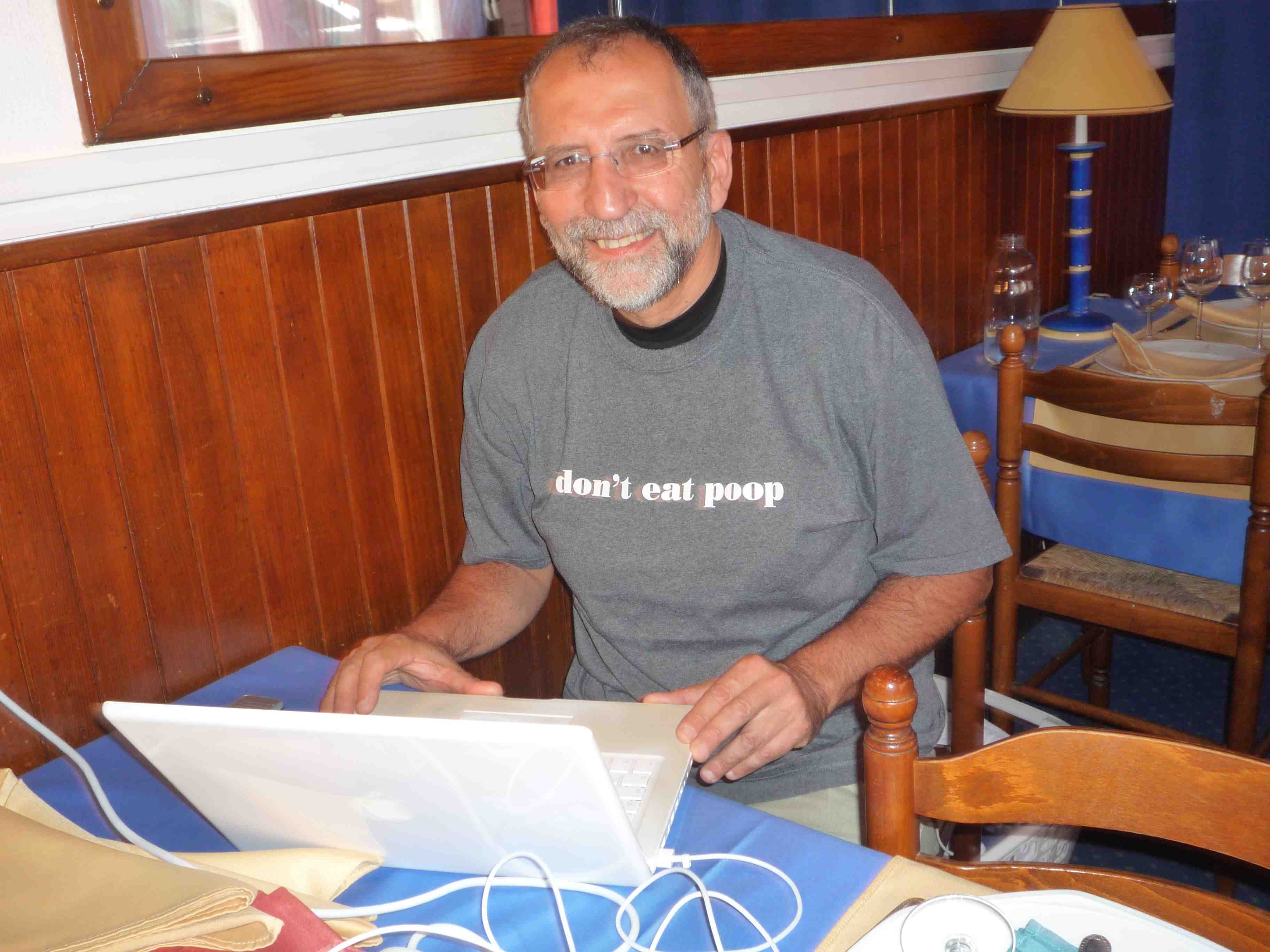Allison Young of USA Today reports that more than 1,100 laboratory incidents involving bacteria, viruses and toxins that pose significant or bioterror risks to people and agriculture were reported to federal regulators during 2008 through 2012, government reports obtained by USA TODAY show.
 More than half these incidents were serious enough that lab workers received medical evaluations or treatment, according to the reports. In five incidents, investigations confirmed that laboratory workers had been infected or sickened; all recovered.
More than half these incidents were serious enough that lab workers received medical evaluations or treatment, according to the reports. In five incidents, investigations confirmed that laboratory workers had been infected or sickened; all recovered.
In two other incidents, animals were inadvertently infected with contagious diseases that would have posed significant threats to livestock industries if they had spread. One case involved the infection of two animals with hog cholera, a dangerous virus eradicated from the USA in 1978. In another incident, a cow in a disease-free herd next to a research facility studying the bacteria that cause brucellosis, became infected due to practices that violated federal regulations, resulting in regulators suspending the research and ordering a $425,000 fine, records show.
But the names of the labs that had mishaps or made mistakes, as well as most information about all of the incidents, must be kept secret because of federal bioterrorism laws, according to the U.S. Department of Agriculture, which regulates the labs and co-authored the annual lab incident reports with the Centers for Disease Control and Prevention.
“More than 200 incidents of loss or release of bioweapons agents from U.S. laboratories are reported each year. This works out to more than four per week,” said Richard Ebright, a biosafety expert at Rutgers university in New Jersey, who testified before Congress last month at a hearing about CDC’s lab mistakes.
The only thing unusual about the CDC’s recent anthrax and bird flu lab incidents, Ebright said, is that the public found out about them. “The 2014 CDC anthrax event became known to the public only because the number of persons requiring medical evaluation was too high to conceal,” he said.
CDC officials were unavailable for interviews and officials with the select agent program declined to provide additional information. The USDA said in a statement Friday that “all of the information is protected under the Public Health Security and Bioterrorism Preparedness and Response Act of 2002.”
Such secrecy is a barrier to improving lab safety, said Gigi Kwik Gronvall of the UPMC Center for Health Security in Baltimore, an independent think tank that studies policy issues relating to biosecurity issues, epidemics and disasters.
 “We need to move to something more like what they do in aviation, where you have no-fault reporting but the events are described so you get a better sense of what actually happened and how the system can be fixed,” said Gronvall, an immunologist by training and an associate professor at the University of Pittsburgh School of Medicine.
“We need to move to something more like what they do in aviation, where you have no-fault reporting but the events are described so you get a better sense of what actually happened and how the system can be fixed,” said Gronvall, an immunologist by training and an associate professor at the University of Pittsburgh School of Medicine.
Gronvall notes that even with redundant systems in high-security labs, there have been lab incidents resulting in the spread of disease to people and animals outside the labs.
“People understand that mistakes will happen,” Gronvall said. “But you want it to be captured, you want it to be learned from, you want there to be a record of how it was dealt with. That’s something I think should happen with biosafety.”

 last year
last year not a French word. By comparison, the U.S. Congress passed a law on the freedom of information that requires the administration to establish clear standards to determine what documents can be classified as confidential, secret or top-secret, allowing citizens the right to challenge these classifications in court.
not a French word. By comparison, the U.S. Congress passed a law on the freedom of information that requires the administration to establish clear standards to determine what documents can be classified as confidential, secret or top-secret, allowing citizens the right to challenge these classifications in court..jpg) "The judges were sick with awe at the intestinal fortitude the Canadian Food Inspection Agency gatekeepers have shown," said CAJ President Mary Agnes Welch. "It was clear that the CFIA’s guard dogs found something they can really sink their teeth into."
"The judges were sick with awe at the intestinal fortitude the Canadian Food Inspection Agency gatekeepers have shown," said CAJ President Mary Agnes Welch. "It was clear that the CFIA’s guard dogs found something they can really sink their teeth into."(1).jpg)